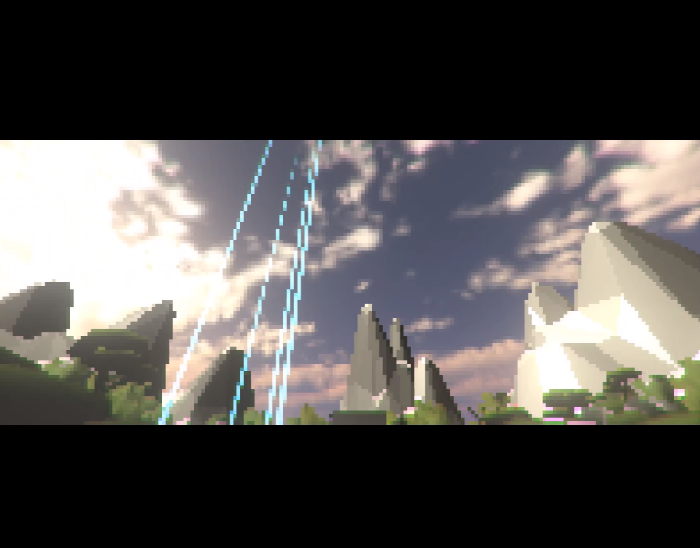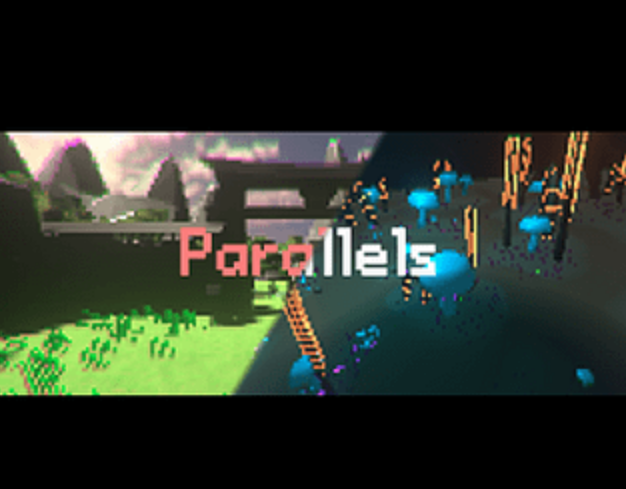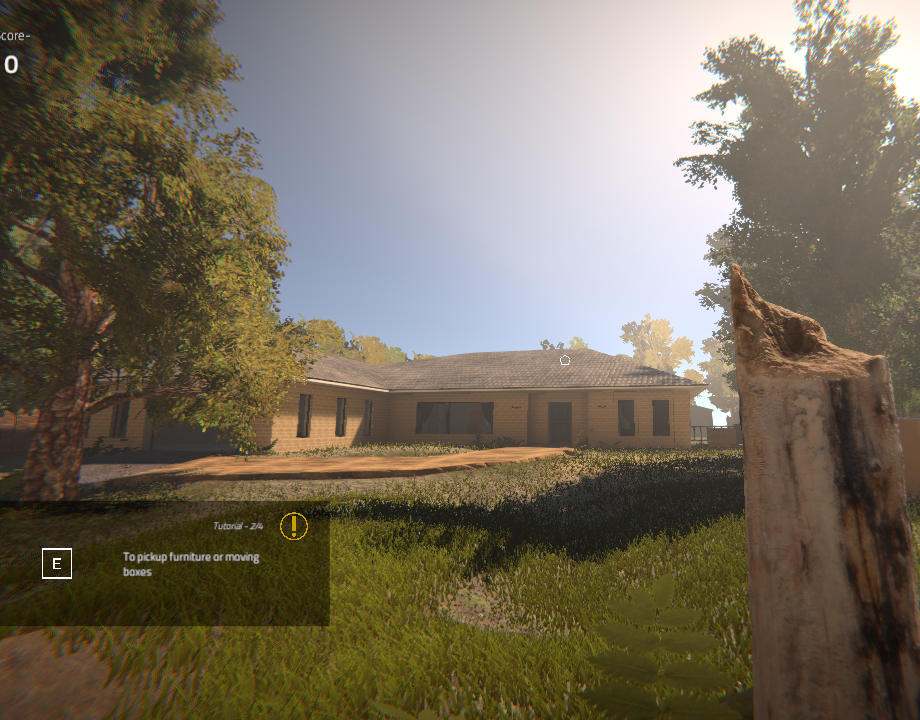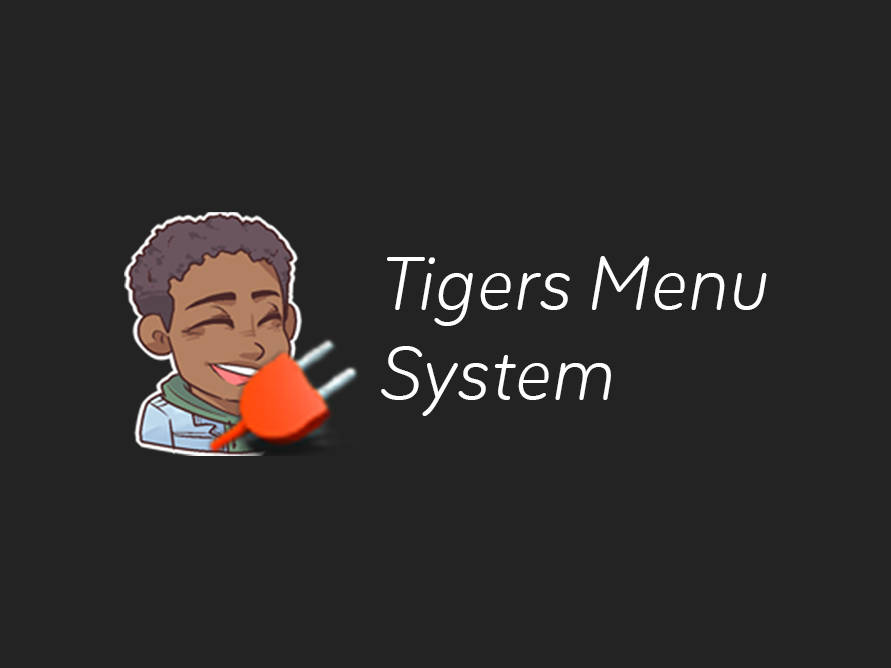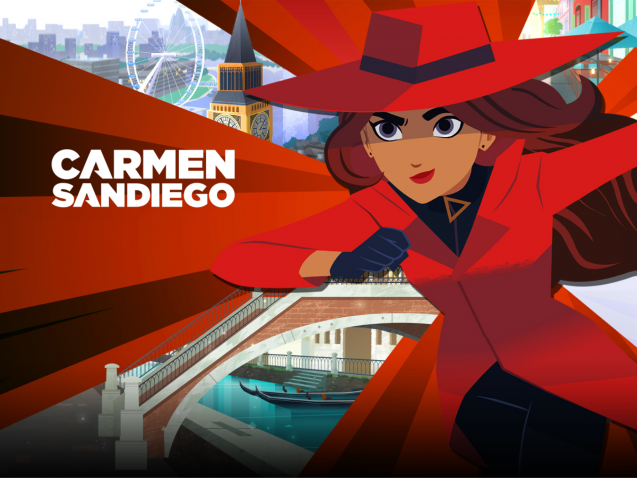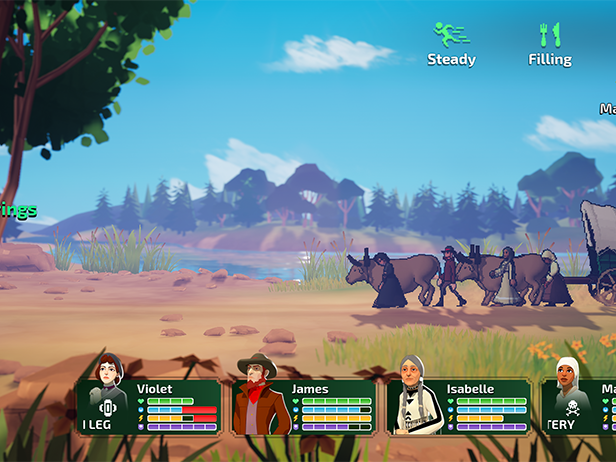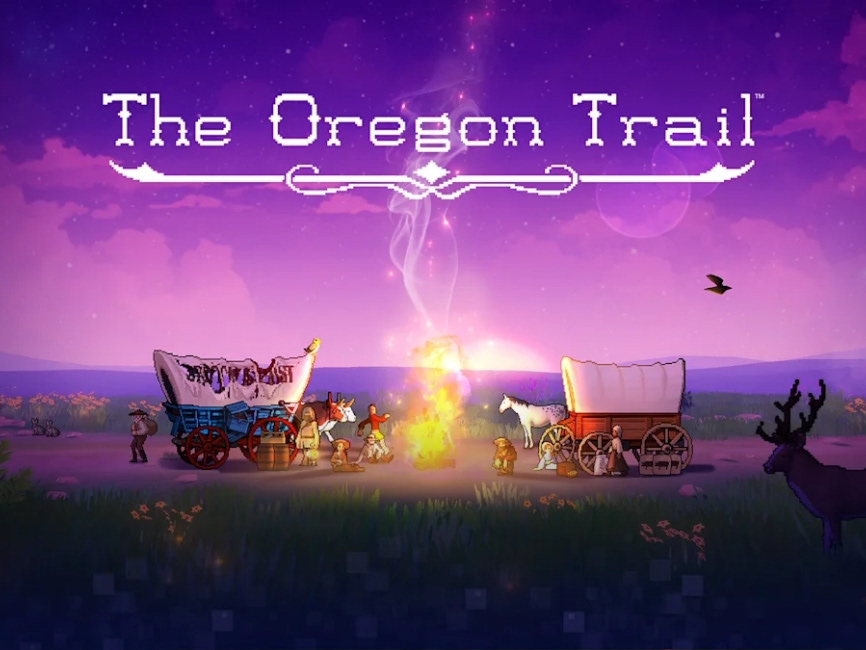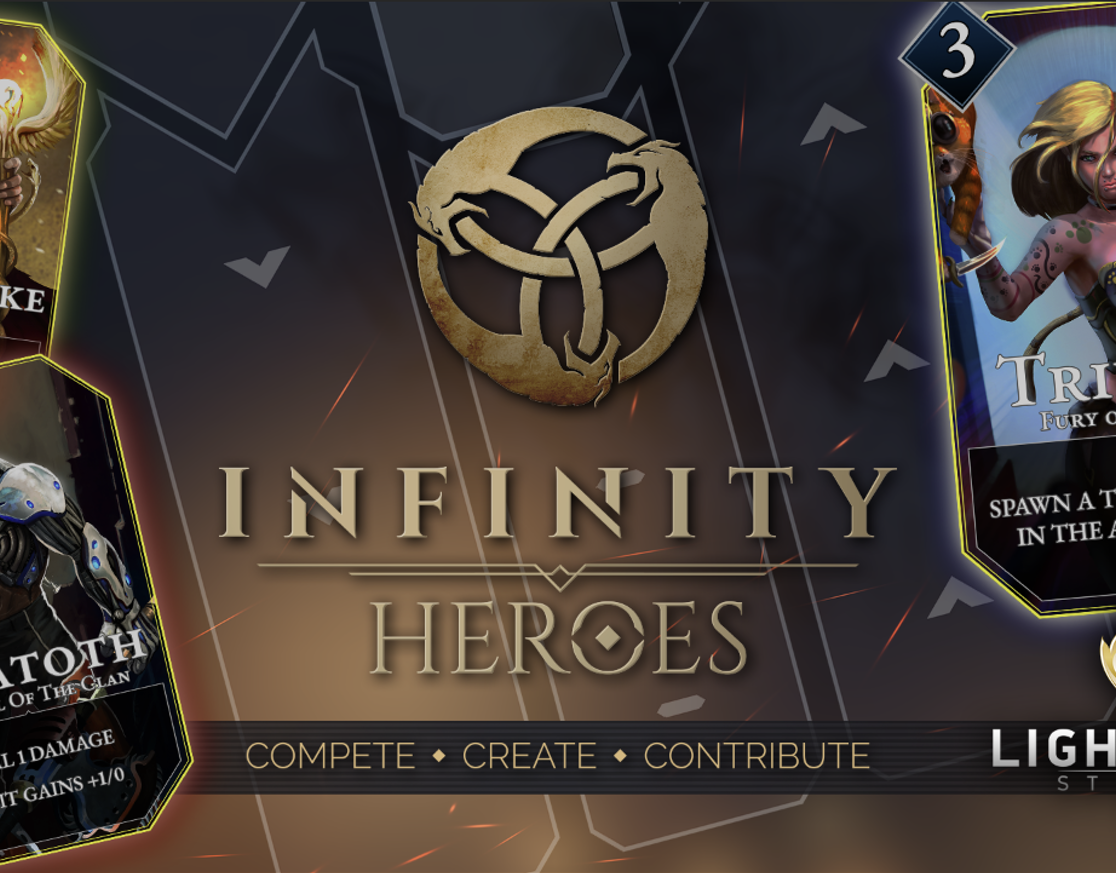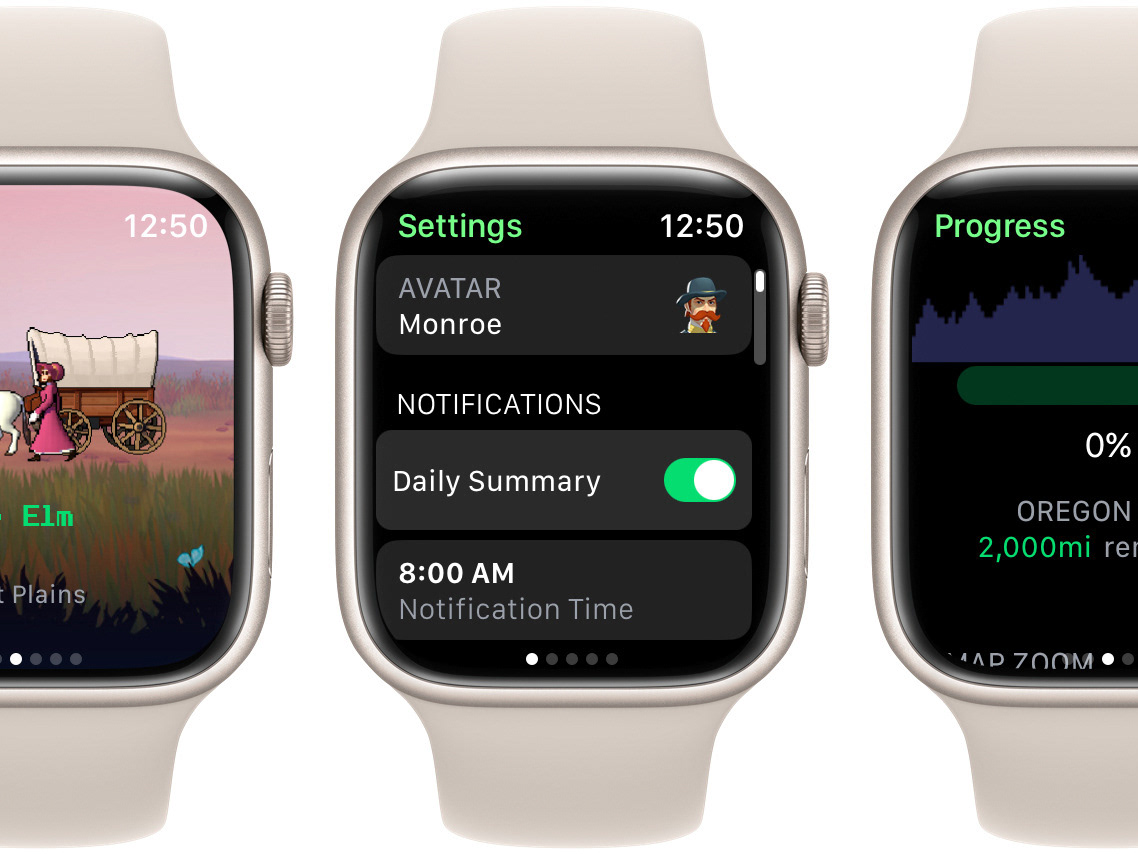Overview
Safari Zone is a roguelite creature-collection game inspired by the classic Pokémon Safari Zone, reimagined for PC and released on Steam. I designed and developed the entire game in Unity, handling all gameplay systems, programming, design, and production tasks. Apart from commissioned music and a purchased art pack, the project was entirely solo-developed.
The game transforms the nostalgic Safari Zone concept into an active, skill-based experience. Players explore regions divided into distinct zones of tall grass, each hiding randomised creatures to discover and capture. Instead of relying on luck, captures are resolved through short microgames that test skill and focus, blending mechanics from Osu-style bubble popping and Guitar Hero timing sequences.
My Role
As the designer and sole developer, I was responsible for:
• Designing and implementing all gameplay systems
• Building the step-limited exploration loop
• Programming creature encounters, capture microgames and progression
• Integrating Steamworks features such as achievements
• Designing world layout and start point logic
• Managing production, testing and build delivery
This project represented my first complete commercial release, combining design, programming and technical problem-solving into one cohesive development cycle.
Core Design Concept
Each playthrough begins with a limited number of steps and a chosen starting location. Every movement consumes a step, forcing players to plan routes carefully while searching for creatures hidden in patches of grass. As the player explores, they uncover new regions with rarer encounters, gradually learning the world layout and risk–reward trade-offs.
Captured creatures are earned through active participation. The player must complete a short microgame during each encounter, requiring precise timing or quick reactions. These challenges transform collecting into a tactile, skill-driven process rather than a passive random event.
Level And Progression Design
The game originally began with a single starting point. However, during playtesting, I found that players quickly fatigued from repeated early runs that yielded few new creatures. I tested a second starting point through A/B testing to compare results. While fatigue remained an issue, allowing players to choose between two starting areas revealed an interesting pattern: players alternated between routes rather than abandoning one entirely. This insight helped shape my understanding of player agency in structured exploration loops.

Start location select
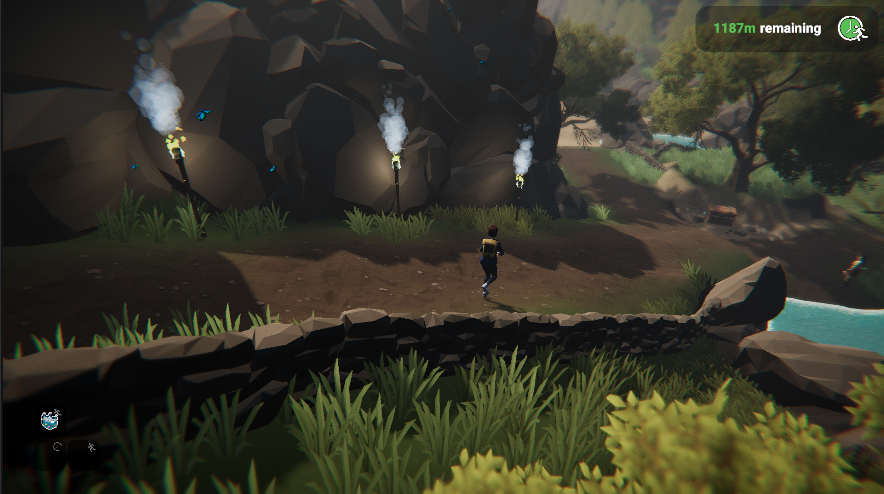
Player traversal

Inventory
Visual And Technical Work
Due to limited art resources, collectible creatures appear as 2D sprites within a 3D environment. In the overworld, encounters are represented by drifting clouds that pursue the player. If contact occurs, the capture microgame begins. This design solution reduced scope while maintaining visual clarity and reinforced the nostalgic charm of older handheld titles.
On the technical side, I implemented all Unity systems, capture logic, and Steam integration, ensuring stable performance and platform compatibility
What I Would Do Next Time
If I revisited Safari Zone, I would focus on improving character movement. The existing animations make traversal feel rigid, reducing the satisfaction of exploration. Adding smoother motion, obstacles, or light traversal mechanics would make movement more intentional and rewarding. Since the game’s challenge revolves around how far players can travel within limited steps, movement itself should feel engaging and precise.

A rock with a creature waiting

Splash screen of starting location without UI
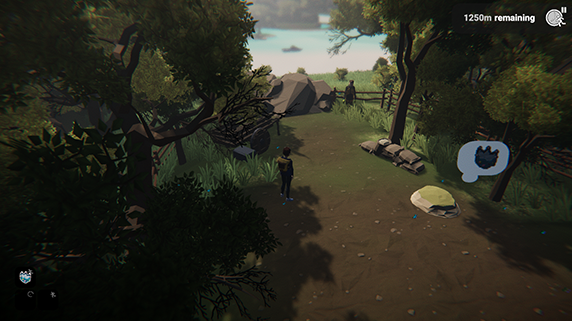
Player approaching a vista
Why This Shows My Design Strengths
Safari Zone demonstrates my ability to:
• Design a complete gameplay loop from concept to release
• Build progression systems that encourage exploration and learning
• Balance scope through creative visual and mechanical solutions
• Combine game design with programming and technical implementation
• Release a polished solo project on Steam
This project reflects my capability to handle both the creative and technical demands of independent game development while maintaining strong player-focused design principles. On top of this I would

